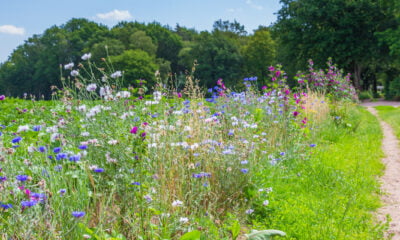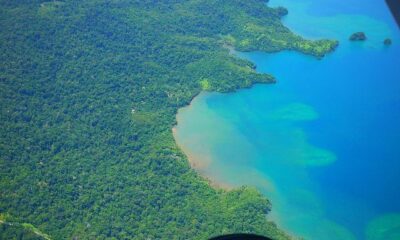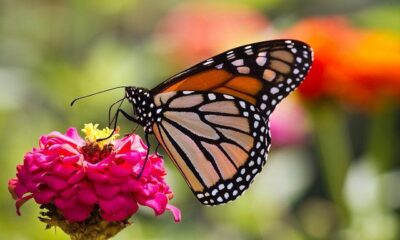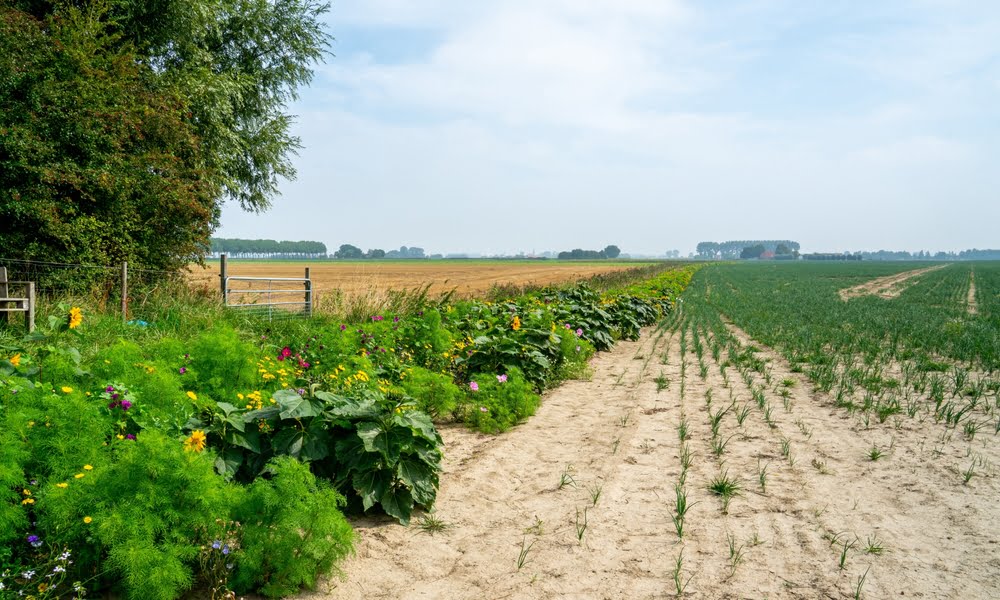
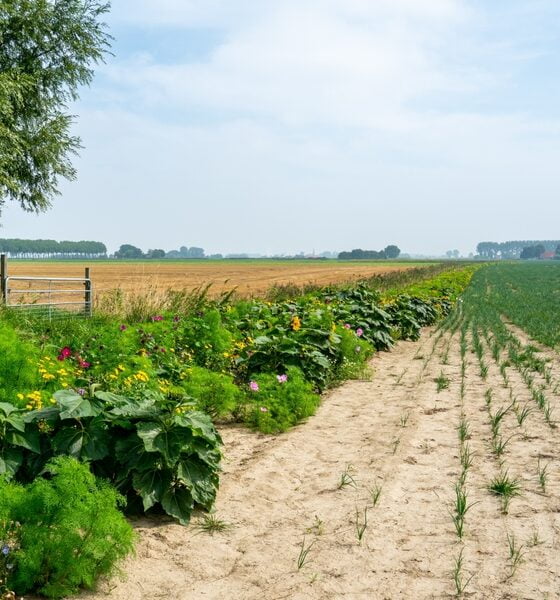
Economy
The Circular Economy is Conserving Biodiversity
We came across a fascinating article yesterday on how scientists are trying to improve wildlife. They are listening to it. At the heart of this discussion is a growing need to focus on improving biodiversity.
One of the biggest sustainability issues of our time is biodiversity. Biodiversity plays an important role in ensuring different animal and plant species are able to survive. Their resilience against climate change requires them to be able to adapt, which means that diverse genes is important. Also, maintaining a diverse range of species is important for all animals to survive for the decades and centuries to come.
How Circular Economy Redefines Biodiversity Conservation with Asia Pulp and Paper
Every year, thousands of species face extinction, an alarming rate approximately 10,000 times higher than the historical average extinction rate, according to data from the World Wildlife Fund. The gravity of the situation cannot be overstated, as our health, economy, and overall well-being are intricately intertwined with the functioning of nature and the invaluable services it provides.
The harsh truth is that humans are responsible for this problem. Fortunately, there is hope on the horizon – a potential reversal of this decline can be achieved by addressing the root causes, namely, how we produce and utilize resources. And this is where the concept of the circular economy emerges as a game-changer. But what does circular economy entail?
What is Circular Economy
The circular economy is an innovative and sustainable approach to resource management that aims to minimize waste, maximize resource efficiency, and promote long-term environmental sustainability. In practical terms, the focus is on minimizing waste by keeping products and materials in use for as long as possible and regenerating natural systems.
Circular Economy and Biodiversity Conservation
The approach is a shift from the traditional linear economic model, which follows a “take-make-consume-dispose” pattern that results in significant waste and environmental degradation. Specifically, it plays a crucial role in halting biodiversity loss in the following ways:
1. Regenerative Agriculture
For instance, the largest share of biodiversity loss is associated with land use. Or, more specifically, pertaining to the extraction and processing of biomass for various purposes, including food, pulp and paper, textiles, and other bio-based materials.
By reducing the demand for land, the circular economy can effectively mitigate biodiversity loss. In fact, studies suggest that the circular economy has the potential to not only halt biodiversity decline but also help restore biodiversity to 2000 levels by 2035. This is attributed to the regeneration of fields, grasslands, and forests.
When considering how businesses can lead the charge in environmental sustainability initiatives, a notable example is the Forest Conservation Policy of Asia Pulp & Paper (APP) Sinar Mas. Through its active engagement in reforestation efforts, the pulp and paper company covered an area of 24,000 hectares through its ongoing forest restoration projects.
By embracing advanced technology and forging strategic alliances, Asia Pulp & Paper also established an advanced forest monitoring system that enables real-time detection and quick response to forest disturbances.
Through this, the pulp and paper company was able to address the environmental risks associated with illegal forest clearance effectively. Meanwhile, satellite surveillance and intelligence also helped Asia Pulp & Paper proactively safeguard its concession areas, significantly reducing forest degradation.
2. Waste Reduction
Each year, countries across the globe generate approximately 350 million metric tons of plastic waste, which amounts to the weight of more than 10 million fully loaded garbage trucks. The majority of this plastic waste is either burned through incineration or disposed of in landfills, resulting in the eventual pollution of the air, land, and oceans. Unfortunately, only a small portion of this waste is recycled, and contrary to common assumptions, a mere 2% of it is traded internationally.
Circular solutions aimed at reducing waste through proper resource management thus emerge as a viable means to alleviate this situation. When it comes to applying waste reduction principles in the business context, an excellent example is adopting biodegradable packaging, such as Foopak Bio Natura by Asia Pulp & Paper.
A plastic-free paper packaging, Foopak Bio Natura promotes the circularity of resources through recycling but also supports the natural decomposition of packaging materials. Through these ways, this sustainable packaging enables firms to better align their business operations with the principles of the circular economy.
But above all, the dedication of visionary companies like Asia Pulp & Paper to innovative practices exemplifies the significant strides we can collectively make in biodiversity conservation and fostering a more environmentally conscious future.


 Environment10 months ago
Environment10 months agoAre Polymer Banknotes: an Eco-Friendly Trend or a Groundswell?

 Environment12 months ago
Environment12 months agoEco-Friendly Home Improvements: Top 7 Upgrades for 2025

 Features9 months ago
Features9 months agoEco-Friendly Cryptocurrencies: Sustainable Investment Choices

 Features10 months ago
Features10 months agoEco-Friendly Crypto Traders Must Find the Right Exchange
